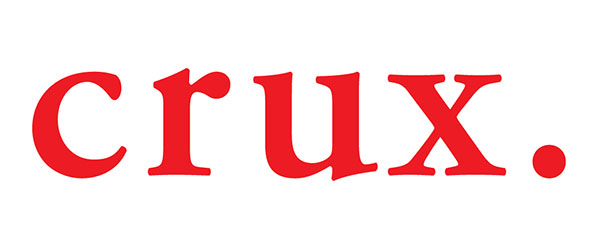By: Ethan Whitehill
To win the dogfight for brand preference, think “inside” your customer’s decision loop.
If you don’t, chances are the other dog will.
Hold onto your control stick, ‘80s film fans, Hollywood is about to take us back to the Danger Zone. Yes, I’m talking about Top Gun: Maverick. Watching the trailer for this supersonic reboot, I’m reminded of the decision-making process fighter pilots learn to make lightning-fast, accurate decisions — and I realize there’s a lesson here for modern marketers.
Decades ago, former Air Force Colonel John Boyd set out to distill an entire career’s worth of experience into a single briefing. His result was a 14-hour lecture titled “A Discourse on Winning and Losing.” While most of Boyd’s work offered little for civilian circles, the OODA loop transcended military operations and has since emerged as an important model for business strategy, mapping the human decision cycle in four progressive stages: Observation, Orientation, Decision and Action.
Simply put, the OODA Loop provides a blueprint for competitive advantage. In Boyd’s world, the loop helps fighter pilots get inside an adversary’s head during high-stakes, high-speed combat. Locked onto their opponent’s thought process, the pilots can anticipate tactical moves to create opportunity.
When applied to business, OODA’s predictive, pre-emptive thinking can create a winning edge, whether you aim to outmaneuver a competitor or engage a customer.
For those of us dogfighting like Tom Cruise on the marketing front, OODA serves as a great reminder of branding basics and the strategic firepower of a customer-centered approach. Best of all, it’s easy to leverage OODA to your brand’s advantage by stepping into your customer’s boots and through just a few insightful questions.
Observation
At this stage, the prospect has their eye on you. They’re taking in your brand, noting everything from the attitude of your people to the look and feel of your website, signage, sales collateral and other communications.
- What messages am I getting from this company, its brand and its people?
- How do they communicate these messages?
- What value does this brand offer me? How is this brand different from its competitors?
Orientation
In the Orientation stage, the prospect puts your brand in context. They’ll consider how your brand aligns with their personal brand, self-concept and worldview.
- How is this brand relevant to me? Does it fit with my personal goals, experiences, lifestyle and life stage?
- Is this brand’s purpose meaningful? Does it support my values, beliefs and opinions?
- How does the brand make me feel?
- What do my peers think about this brand?
Decision
The Decision stage begins when the prospect decides to enter your showroom or sign that contract. The prospect must understand the consequences of their decision and have confidence in the purchase.
- What is this company asking me to do?
- What are the risks and rewards of my decision?
- Will I be happy with my choice?
Action
At the Action stage, your prospect takes the leap and puts their trust in your brand. Depending on their experience, they’ll either feel good about their decision or regret it.
- Did my experience with the brand meet my expectations?
- Will I buy from this company again?
- Would I recommend this brand?
If we can learn anything from the colonel’s deceivingly simple model, it’s that the human decision process is anything but simple. Winning new business takes a well-planned and disciplined sortie into the prospect’s mind. Fortunately, we provide the guidance you need to navigate the customer journey process with ease, with the tools and data required to gain insights into your prospects’ behavior to turn them into customers and raving fans. And if you’re lucky, you’ll get there before your competitor.


